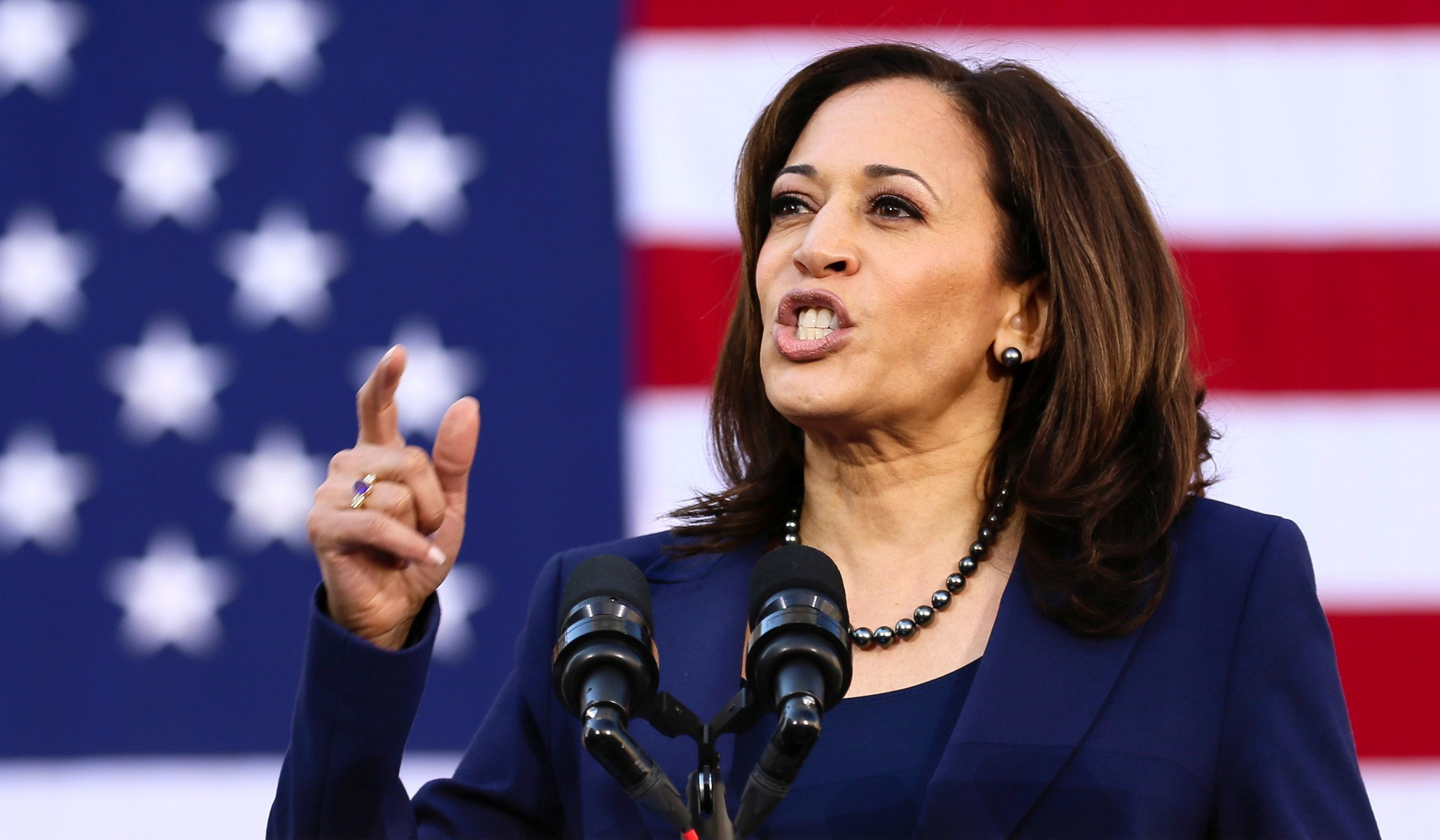By: Dan McLaughlin – nationalreview.com – Mar
Whom will the Democrats pick to face Donald Trump in 2020? Polls this early don’t matter much: They just tell you who is well-known. Early money doesn’t ensure anything either, although the 2016 Republican race showed how quickly candidates without a huge fundraising base can go broke and drop out months before the voting starts. Endorsements hardly matter at all when there are still this many candidates, and they matter a lot less now that the Democrats have stripped most of the power from elected superdelegates. Instead, the ability to pull ahead in five lanes will decide who leads the field: race and gender; age and familiarity; anger; ideology; and the Midwest question.
Who’s In, Who’s Out
It’s early yet. Nobody in March 2015 expected Donald Trump to crash a similarly overpopulated Republican field. But the crowd on the fence is dwindling quickly, as pressure mounts to be in or out. At this writing, there are 13 “major” candidates in the race, and I count six others who are at least semi-seriously mulling a run, which could leave the Democrats with a field as large as or larger than the ridiculous 17-candidate Republican field in 2016:

With Beto O’Rourke’s announcement this morning, Joe Biden is the last major contender on the fence. Eric Swalwell, Steve Bullock, and Michael Bennet have all been scouting out Iowa (Swalwell’s home state) or New Hampshire (Bennet has been running digital ads in early states). Bennet seems the least likely of these to run, given John Hickenlooper’s entry in the race (Bennet was running the Denver schools back when Hickenlooper was mayor of Denver, so their fundraising bases overlap closely). Given the palpable desire to finally put the Clinton era in the rearview mirror, it is hard to see the rationale for a Terry McAuliffe campaign. Stacey Abrams, who lost the Georgia governor’s race in 2018, has lately begun musing about a run and reversed herself Monday after appearing to shut the door. With a late start organizing and never having won election above the state-house level, Abrams seems much likelier to stick to a 2020 Senate run or plan for a rematch for governor.
Four possible candidates passed on a run last week: Ohio senator Sherrod Brown, Oregon senator Jeff Merkley, former U.S. attorney general Eric Holder, and former New York mayor Mike Bloomberg. The biggest of all to stay out thus far is Michelle Obama. The Democratic party today, while united against Donald Trump, is riven by many internal divides, but a recent poll found that “Obama Democrat” remains a more popular self-identifier than any ideological label (Republicans, by contrast, still prefer “conservative Republican” to “Trump Republican”). Mrs. Obama, with universal name recognition and beloved by virtually every segment of the party, is the one candidate who could have cleared the field, uniting the disparate factions that never went into open rebellion under her husband and tapping into his fundraising network. She has, however, never run for office or shown much enthusiasm for suggestions that she do so. Moreover, the failure of Hillary Clinton’s two campaigns stand as a reminder that presidential coalitions can’t just be inherited.
Lane 1: Race and Gender
In a better world, race-and-gender identity politics would not be a major factor in choosing a commander-in-chief, and a reductive analysis of voters along racial lines would not explain much of our politics. Sadly, we do not live in that world, and the internal politics of the modern Democratic party in particular are impossible to understand without starting with race and gender.
The race and gender identities of the candidates have been front and center in many state and national Democratic primaries since 2008’s Obama–Hillary race. The 2018 election cycle saw female Democrats win primaries in disproportionate numbers, a fact much touted by Democrats and their partisans. Many of the 2020 contenders and their supporters are not subtle about trumpeting the benefits of running a woman (or, in Pete Buttigieg’s case, the first openly gay candidate). We can best illustrate the role of race in particular by looking at the 2020 primary calendar and the 2008 and 2016 primary fights.
Consider first what the Democratic electorate will look like. Exit polls are not available for every contest (especially caucuses), nor are they without their own inaccuracies, but we have a primary exit poll from 2016, 2008, or both in 39 of the 57 Democratic contests, and they show an electorate that ranges from slightly to heavily majority-female, and that varies widely from state to state in its racial composition. In 26 of those 39 primary contests, the Democratic electorate was at least 57 percent female, in some cases as high as 64 percent (electorates with more nonwhite voters tend to be more heavily female, for a variety of depressing reasons):
To see the remaining graphs and the rest of the article, click read more.
Source: Democratic Presidential Candidates 2020: Five Lanes to Nomination | National Review
 Listen Online
Listen Online Watch Online
Watch Online Find a Station in Your Area
Find a Station in Your Area









 Listen Now
Listen Now Watch Online
Watch Online
